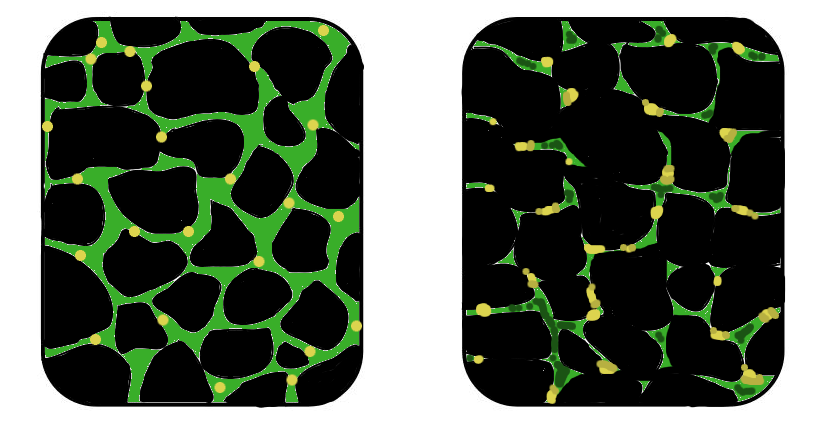Congenital Muscular Dystrophy

Congenital muscular dystrophy (CMD) is a heterogeneous group of neuromuscular disorders with onset at birth or infancy characterized by hypotonia, muscle wasting, weakness or delayed motor milestones. The group includes myopathies with abnormalities at different cellular levels: the extracellular matrix (MDC1A, UCMD; see these terms), the dystrophin-associated glycoprotein complex (alphadystroglycanopathies, integrinopathies see these terms), the endoplasmic reticulum (rigid spine syndrome [RSMD1], and the nuclear envelope (LMNA-related CMD; [L-CMD] and Nesprin-1-related CMD; see these terms).
Epidemiology
The prevalence of CMDs is not well known but is estimated at about 1-9/100,000 in countries where they are most frequent. Males and females are equally affected.
Clinical description
Orthopaedic and respiratory complications that may be life-threatening often develop in the course of the disease.
Etiology
CMDs have autosomal recessive inheritance with the exception of dominant mutations possible in at least two forms (UCMD may have autosomal dominant or recessive inheritance; L-CMD is due to dominant de novo mutations). At least 15 genes are known to be responsible for this group of disorders.
Diagnostic methods
Diagnosis is often difficult due to the wide clinical, immunohistochemical and genetic heterogeneity. The diagnosis is based on clinical findings, immunochemical staining on muscle biopsy, and molecular genetic testing. Increased creatine kinase (CK) levels, presence of intellectual deficiency and type of distribution of different signs or symptoms are useful markers to distinguish different forms. CMDs due to collagen VI disorders are complex and may need additional studies in skin fibroblasts.
Differential diagnosis
Differential diagnoses include congenital and early onset neuromuscular disorders, mainly congenital myopathies, spinal muscular atrophy and congenital myasthenic syndromes (see these theses terms). Patients with mutations in genes identified in other neighbour muscular disorders such as congenital myopathies may present sometimes as a CMD (including the finding of dystrophic features on muscle biopsy) without specific ultrastructural abnormalities on muscle biopsy.
Antenatal diagnosis
Antenatal diagnosis is feasible through molecular analysis of amniocytes and in some forms coupled with immunohistochemical staining of chorionic villus samples (MDC1A).
Management and treatment
Currently there is no curative therapy, but supportive treatments. Besides global and nutritional management, common restrictive respiratory insufficiency may need mechanical respiratory assistance. Orthopedic complications (joint contractures, spinal deformities) are a main concern and preventive or proactive treatment by regular physical and occupational therapies and trunk and limb orthesis is often useful to reduce the severity and course of the deformities. Surgical interventions in spine (spinal fusion) are used to correct or stabilise the spine if scoliosis develops. Tenotomies are also used to reduce the severity of joint contractures but do not have always a beneficial result. Cardiac and neurological symptoms may be particularly severe in certain forms and require specific treatment. Psychological support is very helpful for patients or families.
Prognosis
The prognosis depends on the type of congenital muscular dystrophy. Respiratory insufficiency and brain pathology are the main causes of mortality.